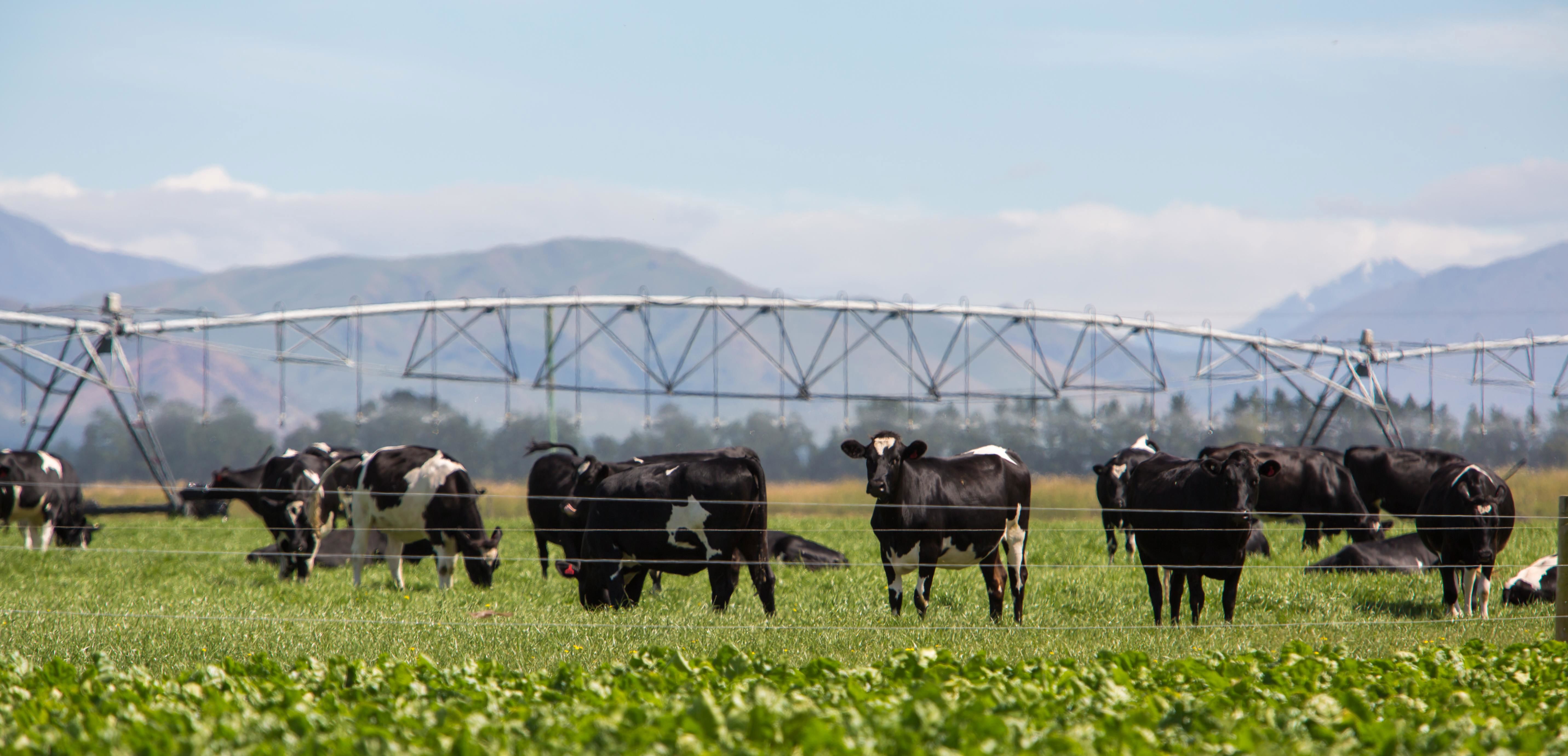
Insights
Transforming Australian agriculture with clean energy
A practical guide to lowering on-farm energy use and carbon emissions
This report brings the benefits of clean energy to the very well-established agriculture sector. It identifies many technologies and farming practices that can boost energy efficiency, including solar, biomass, wind and energy-storage technologies.
About this report
Transforming Australian agriculture with clean energy
September 2019
Transforming Australian agriculture with clean energy was developed by the CEFC, together with the National Farmers’ Federation.
Read moreAgribusiness plays a critical role across the Australian economy, with a well-earned reputation for quality produce, innovative production methods and local employment opportunities – whether producing for the domestic market or extending into the highly competitive global market.
about the industry
Agriculture market drivers
- Energy is one of the Australian agriculture sector’s fastest growing costs, with high rates of technological innovation and mechanisation driving growing demand for grid electricity and diesel fuel.
- This energy demand contributes to the material levels of farm-based greenhouse gas emissions, both directly and indirectly.
- There are significant opportunities for farmers to reduce energy consumption and energy-related emissions by adopting whole-of-farm approaches that incorporate sustainable farm management practices and precision agriculture technologies.
report findings
Market potential
- Energy audits can provide a better understanding of current energy use and help prioritise energy-related investment decisions.
- The farm sector is ideally positioned to produce renewable and alternative fuels, including solar PV, small-scale wind and bioenergy.
- Clean energy solutions for tractors, ancillary equipment and vehicle upgrades are easily applied and can have relatively low capital expenditure.
- Energy efficient irrigation and water management practices can improve water use through the use of technologies such as variable speed drives and solar-powered pumping.
- On-farm buildings, processing technologies and heating and cooling equipment can be made less energy intensive through new technologies and energy efficient equipment upgrades.
- Precision agriculture offers opportunities for improved energy efficiency and productivity.
- Emerging technologies can help drive energy savings, from sensing to robotics and the use of autonomous vehicles.





